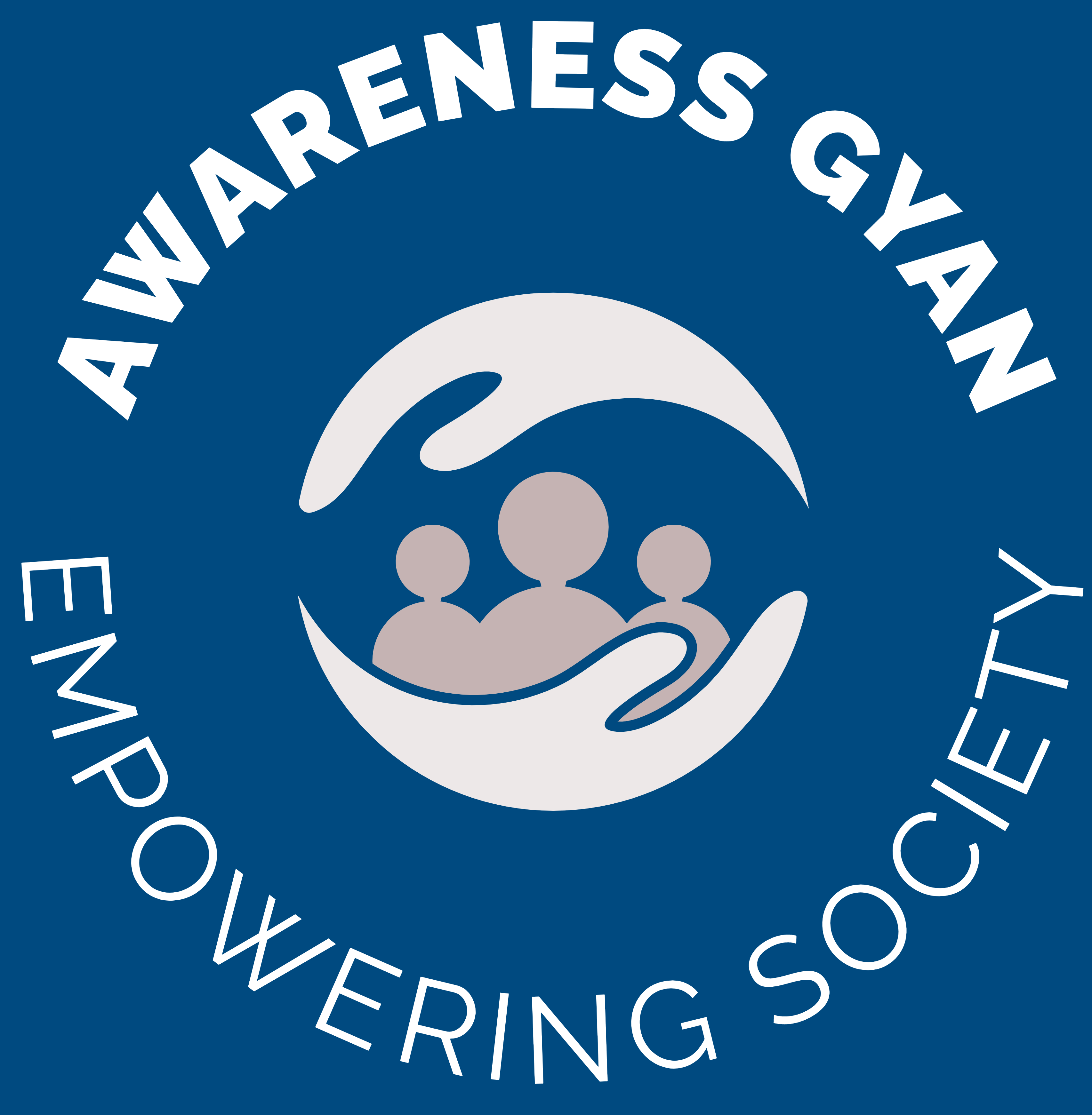Decoding the Permanent Partial Disablement in Personal Accident Policy
It is vital to know the meaning of Permanent Partial Disablement (PPD) for Personal Accident Policy for the Policyholders, Insurance Agents and the Sales Representative Insurance company
If the insured person is met with an accidental injury within the policy period and the injury nature results as Permanent Total Disability within 365 days from an accident then the insurance company will pay the percentage of the total basic sum insured as below:-
Type of Permanent Partial Disablement
| Sr. No. | Types of PPD | Percentage of the Sum Insured |
| 1 | Hearing of both ears | 75% |
| 2 | An arm at the shoulder joint | 70% |
| 3 | A leg above mid-thigh | 70% |
| 4 | An arm above the elbow joint | 65% |
| 5 | An arm beneath the elbow joint | 60% |
| 6 | A leg up to mid-thigh | 60% |
| 7 | A hand at the wrist | 55% |
| 8 | A leg up to beneath the knee | 50% |
| 9 | An eye | 50% |
| 10 | A leg up to mid-calf | 45% |
| 11 | A foot at the ankle | 40% |
| 12 | Hearing of one ear | 30% |
| 13 | A thumb | 20% |
| 14 | An index finger | 10% |
| 15 | Sense of smell | 10% |
| 16 | Sense of taste | 5% |
| 17 | Any other finger | 5% |
| 18 | A large toe | 5% |
| 19 | Any other toe | 2% |
Conditions
- Should the Insured Person experience a loss that is not listed in the aforementioned table, an external medical consultant will assess the extent of the disablement and the corresponding amount to be paid, if applicable.
- In this context, “Loss” refers to the physical detachment of a body part or the complete loss of its functional use, provided that this condition has persisted for a minimum of 365 days from the onset of the disability. Additionally, it is required that we are convinced, upon the conclusion of the 365 days, that there is no reasonable expectation of medical improvement.
- In the event that a claim pertains to a complete member (which includes any organ, organ system, or limb) and also covers some or all of its components, our obligation to provide payment under this Benefit will be restricted solely to the member itself, excluding any of its parts or constituents.
What is not covered
Losses that arise directly or indirectly from the following circumstances will not be covered: infections (except for pyogenic infections resulting from an accidental cut or wound) or any other type of disease; or any surgical procedure, unless it is deemed necessary solely due to the injury sustained.



